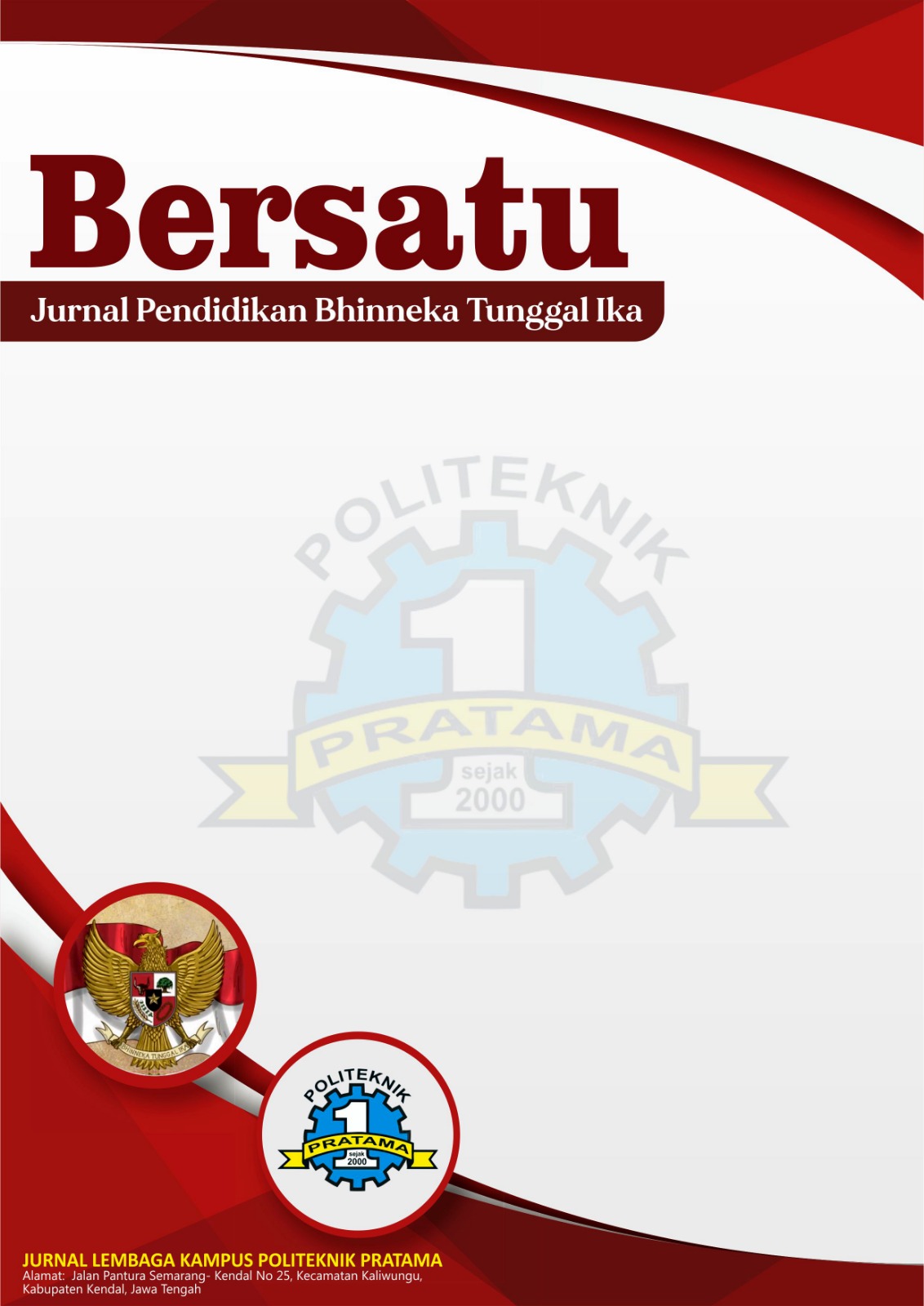Evaluasi ProgramSentra Latihan Olahragawan Muda Potensial Nasional Universitas Negeri Surabaya Cabang Olahraga Renang
DOI:
https://doi.org/10.51903/bersatu.v1i6.436Keywords:
Evaluation Program, Swimming, SLOMPN UNESAAbstract
The Ministry of Youth and Sports Affairs is developing a sports system that involves multiple sectors. This system needs to be comprehensively built from the center to the regions, as implied in the Peraturan Menteri Pemuda Dan Olahraga Republik Indonesia Nomor 10 Tahun 2022 ayat 1, Tentang Pengembangan Sentra Pembinaan Olahraga Prestasi Di Daerah, Desain Besar Olahraga Nasional (DBON) is a master plan document that contains the policy direction for the development and nurturing of national sports, conducted effectively, efficiently, excellently, measurably, systematically, accountably, and sustainably within the scope of educational sports, community sports, achievement sports, and sports industry. The name for the center is Sentra Latihan Olahragawan Muda Potensial Nasional. The focused sports branches are Penahan, Taekwondo, and Swimming. In its development, regular evaluations are necessary for progress, especially in the Swimming branch. This research method utilizes a qualitative descriptive research method with the chosen research design being the CIPP model developed by Stufflebeam. The evaluation follows the CIPP model, which consists of the following elements: context, input, process, and product. This method has been validated by experts in sports science. The research subjects include one Swimming Technique Coach, one Academic Support Personnel, and seven Swimming Branch Athletes from SLOMPN UNESA. The results of the study show that the training and academic processes of the athletes are going well, but there are obstacles related to issuing letters for athletes to undergo training processes at SLOMPN UNESA, which are directed to the athletes' respective schools, as well as coordination issues regarding swimming sports institution affairs. Therefore, coordination is needed among various institutions such as the Ministry of Youth and Sports Affairs, KONI (National Sports Committee), PB PRSI (Swimming Association of Indonesia), and the Ministry of Education and Culture to ensure the success of this program. The conclusion of this study is that coordination with various relevant institutions is necessary for the national program implemented at SLOMPN Universitas Negeri Surabaya.











.png)
